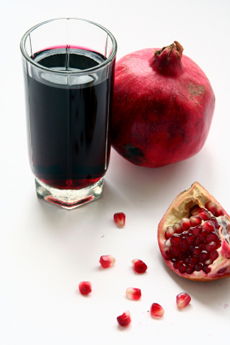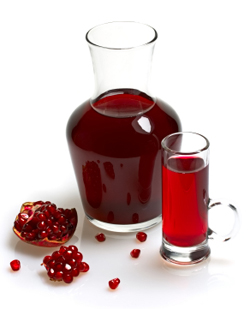*The Lakewood and Elite Naturel juices were the only ones containing fresh-pressed juice; the rest were made from concentrates. With the exception of the Lakewood, Elite Naturel and R.W. Knudsen juices, all the others contained added natural flavors. The juices were all so different from each other that any one might suit a particular taste or purpose. For clarity, we organized the 100% pomegranate juices into five categories according to the products’ most dominant traits: full-bodied, sweet, tart and tangy, juicy and earthy. Our notes follow. Note that while many juices taste extremely bitter initially, after they have a chance to breathe, they evolve and the bitterness dissipates—similar to the harshness in some wines. Continue To Page 3: Reviews Of 100% Pomegranate Juices
Recent Articles From Our NutriNibbles™ News Feed:Subscribing notifies you whenever
there are
|

The Nibble Blog
The Latest Products, Recipes & Trends In Specialty Foods
The gourmet guide you’ve been waiting for. New food adventures are served up daily. Check it out!

Food Glossary
Our Food Directories Are "Crash Courses" In Tasty Topics
Your ultimate food lover’s dictionary packed full of information and historical references. Take a look!

Food History
Let the journey begin!
Learn about the history Of 1,000+ Favorite Foods & Beverages Let’s explore the history of your favorie goods together.Let the journey begin!


